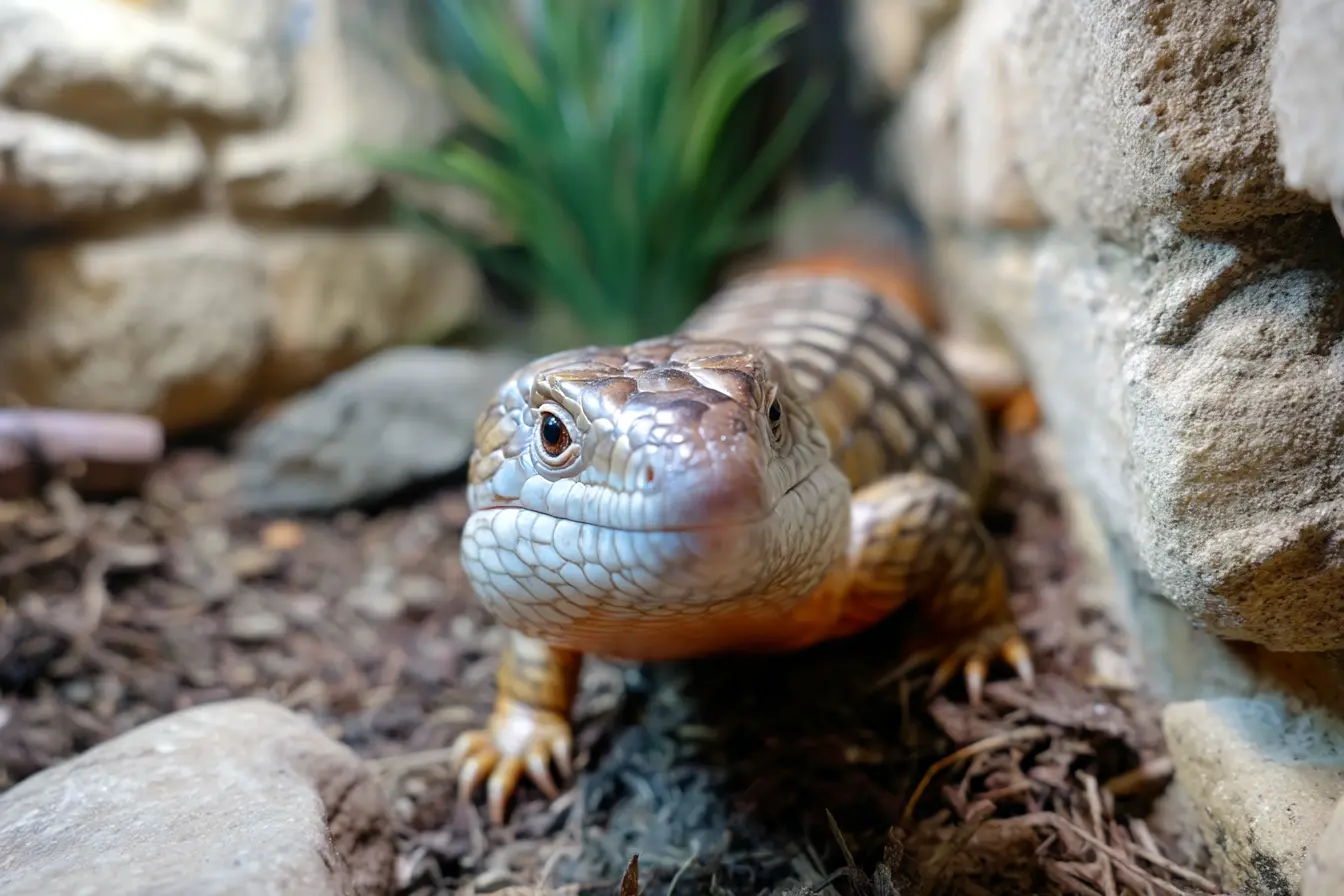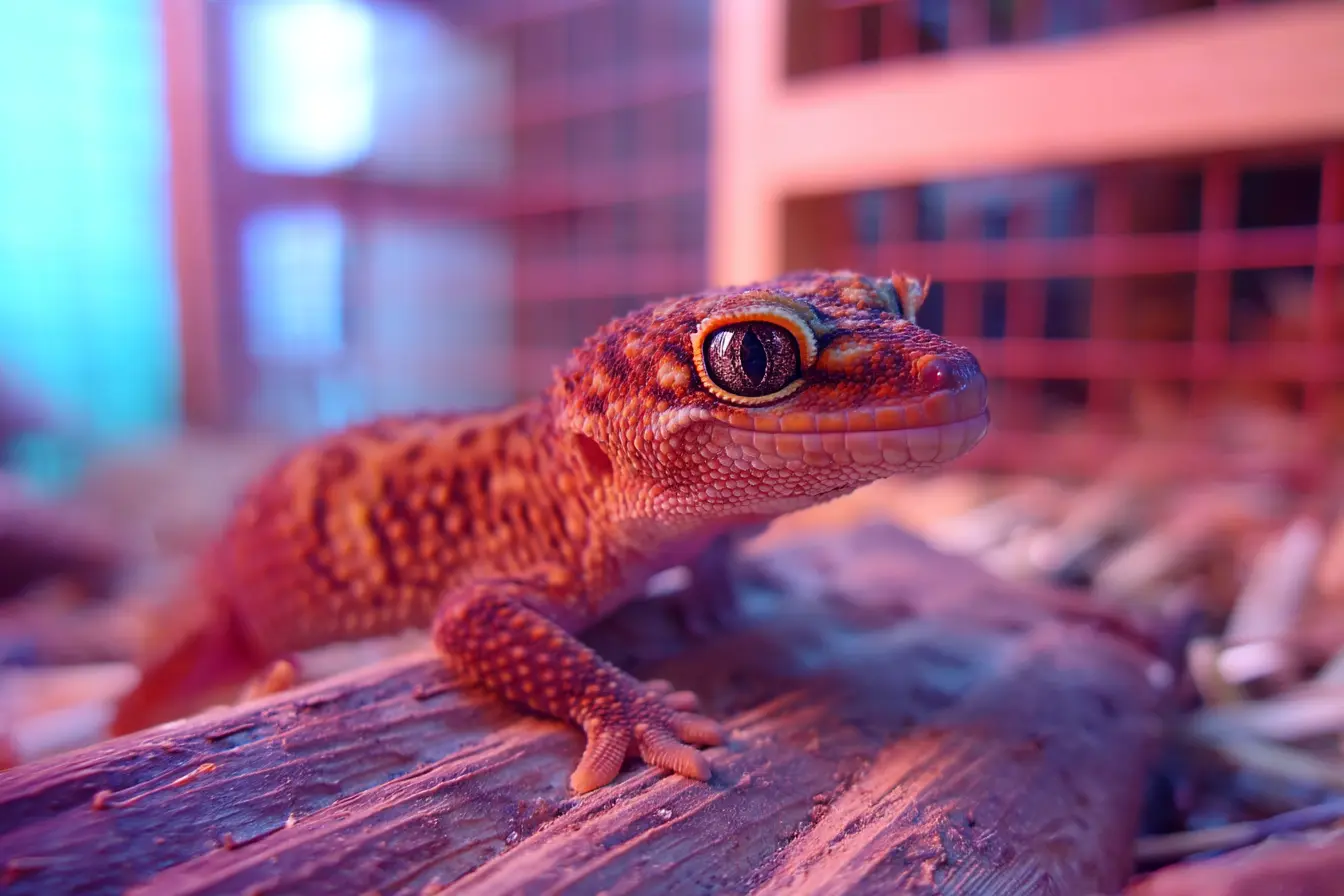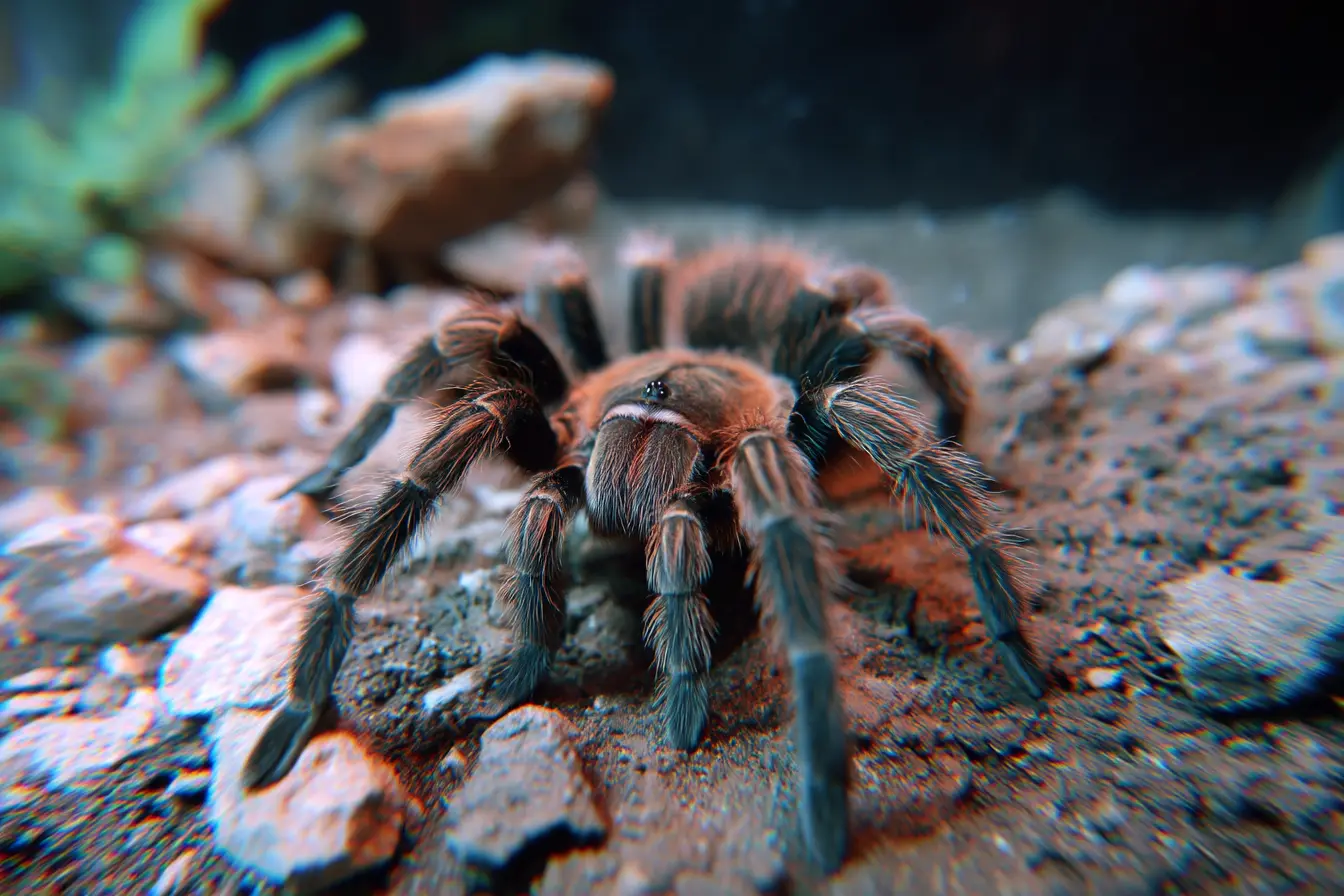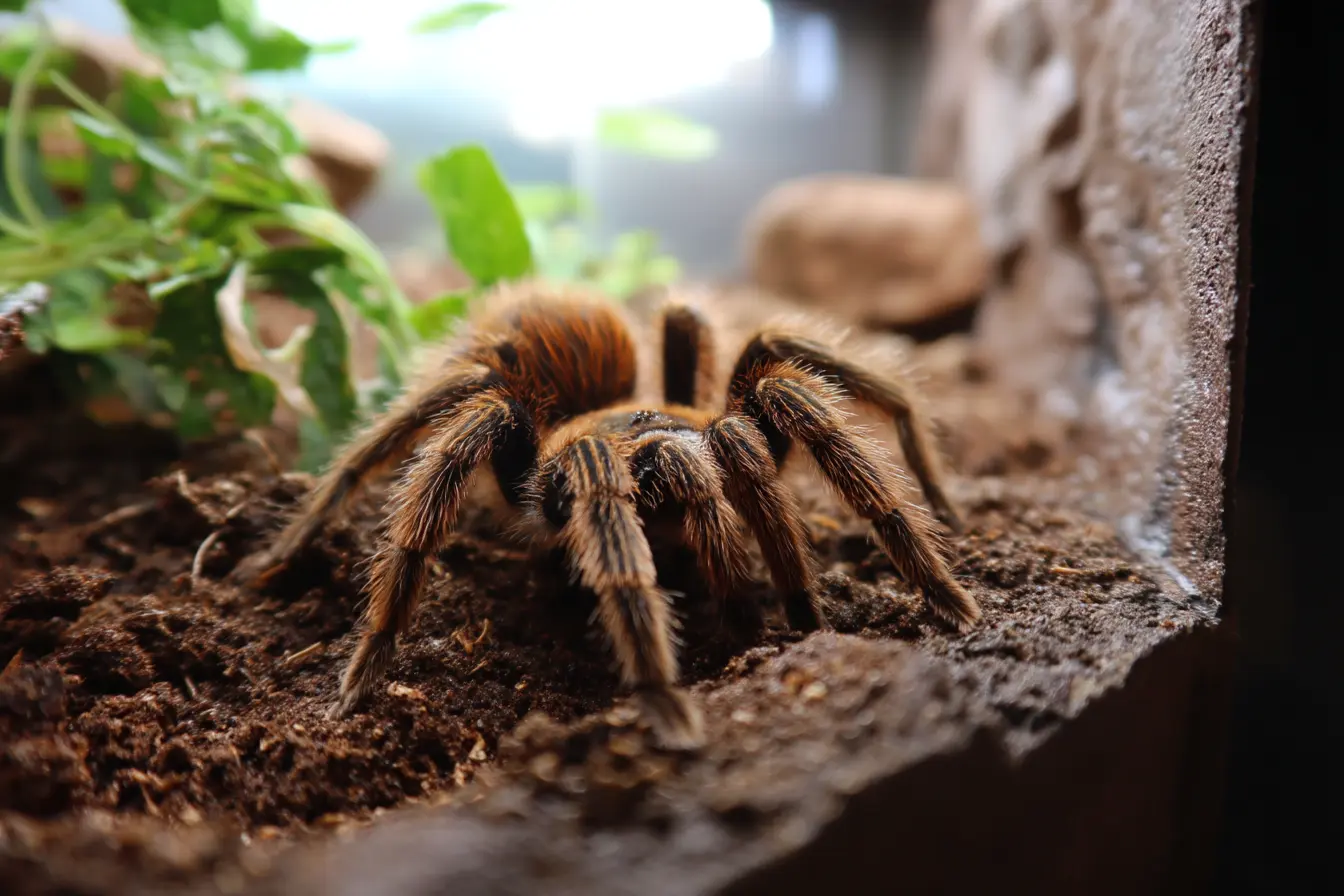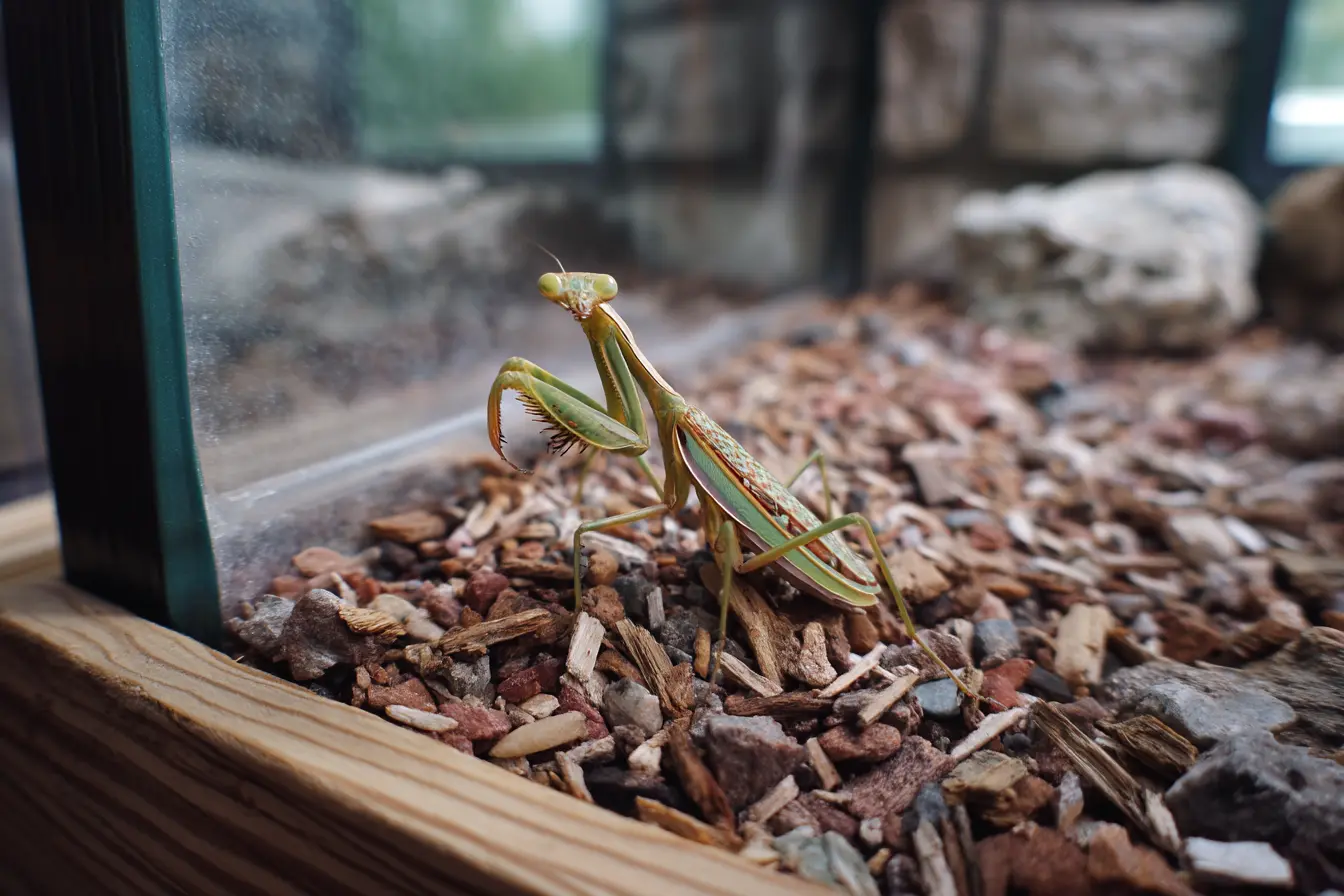
A Comprehensive Guide to Keeping Praying Mantises
Praying mantises are captivating insects known for their unique appearance and predatory skills, making them a fascinating choice for an exotic pet. If you're considering welcoming one of these intriguing creatures into your home, here's everything you need to know to get started.
Why Keep a Praying Mantis?
Praying mantises are not just unusual pets; they are also relatively easy to care for and can be quite educational. Observing their hunting and feeding behaviours provides a unique insight into the natural world. They are also solitary creatures, which means they require less space than many other pets.
Choosing Your Praying Mantis
There are many species of praying mantises, with the most commonly kept as pets being the Chinese Mantis (Tenodera sinensis), the European Mantis (Mantis religiosa), and the Carolina Mantis (Stagmomantis carolina). Here's what you should consider when choosing:
- Species Specifics: Different species vary in size, temperament, and environmental needs.
- Size: Adult mantises can range from 2 to 5 inches in length, depending on the species.
- Lifespan: Most mantises have a lifespan of about 1 year, which can be a consideration if you're looking for a long-term companion.
Setting Up the Habitat
Praying mantises are relatively low maintenance in terms of their habitat needs:
- Enclosure: A simple terrarium or even a large jar with a ventilated lid can serve as a home. The height of the enclosure should be at least three times the length of the mantis to allow for proper moulting.
- Substrate: A simple substrate of soil, paper towels, or sphagnum moss can be used.
- Temperature and Humidity: Maintain the enclosure at a temperature between 20-30°C. Humidity should be moderate but not overly damp, with occasional misting to provide moisture.
- Plants and Branches: Adding branches for climbing and live plants can create a more natural environment for your mantis.
Feeding Your Praying Mantis
Praying mantises are carnivorous and require live food:
- Diet: They feed on live insects such as crickets, moths, flies, and sometimes small frogs, depending on their size.
- Feeding Frequency: Young mantises should be fed daily, while adults can be fed every 2-3 days.
General Care and Maintenance
- Moulting: Ensure that the habitat is adequately humidified during moulting periods, as a dry environment can lead to unsuccessful moults.
- Handling: Mantises can be handled, but it should be done with care as they are delicate and can also deliver a painful pinch with their forelegs.
- Cleaning: Regular cleaning of the enclosure is necessary to prevent mould and bacteria buildup.
Common Health Issues
- Dehydration: This is common and can be mitigated by regular misting.
- Injuries from Moulting: Improper moulting can sometimes result in death, so it's important to maintain proper humidity levels.
Legal and Ethical Considerations
In the UK there are no specific restrictions on keeping praying mantises as pets. However, it is important to source your pet from reputable breeders or suppliers to avoid supporting the illegal wildlife trade.
Conclusion
Praying mantises offer a unique and interactive experience, ideal for those interested in the natural behaviour of predators or insect enthusiasts. While their care needs are minimal, ensuring the proper setup and routine maintenance will help keep your praying mantis healthy and thriving.
Related Vets
Vets near you
Speciality vets
- Aquatics vet specialists
- Birds vet specialists
- Camelids vet specialists
- Cats vet specialists
- Cattle vet specialists
- Deer vet specialists
- Dogs vet specialists
- Equines vet specialists
- Exotic vet specialists
- Goats vet specialists
- Pigs vet specialists
- Poultry vet specialists
- Sheep vet specialists
- Small Mammals vet specialists
- Wild vet specialists
